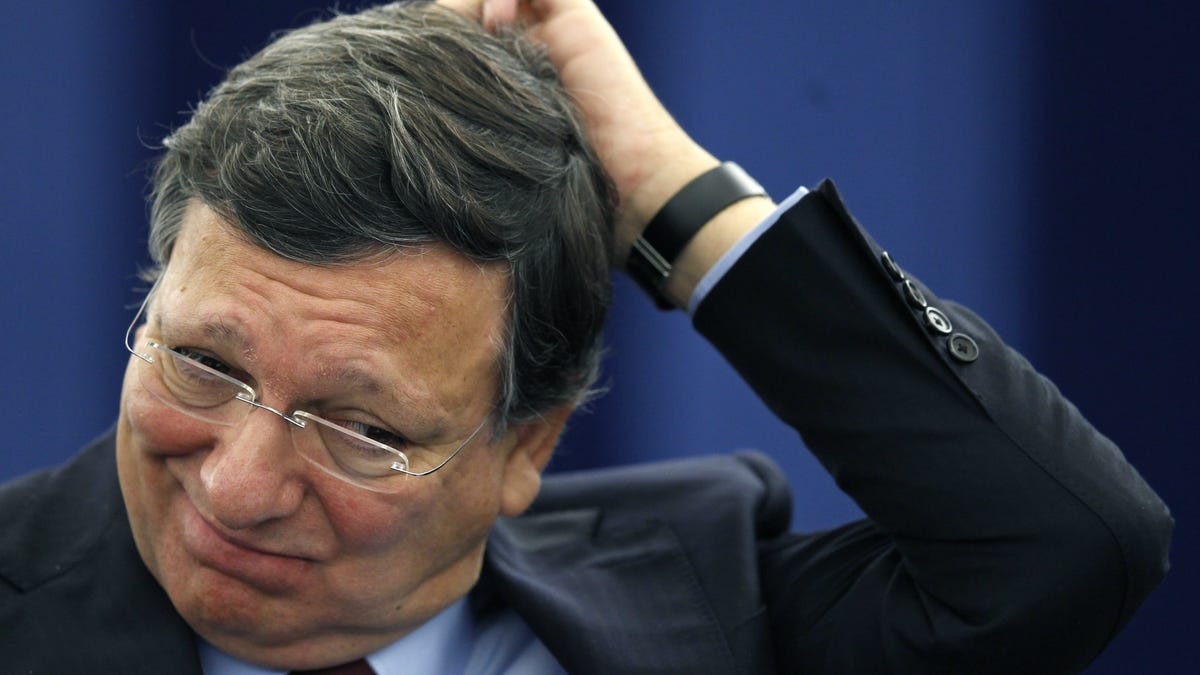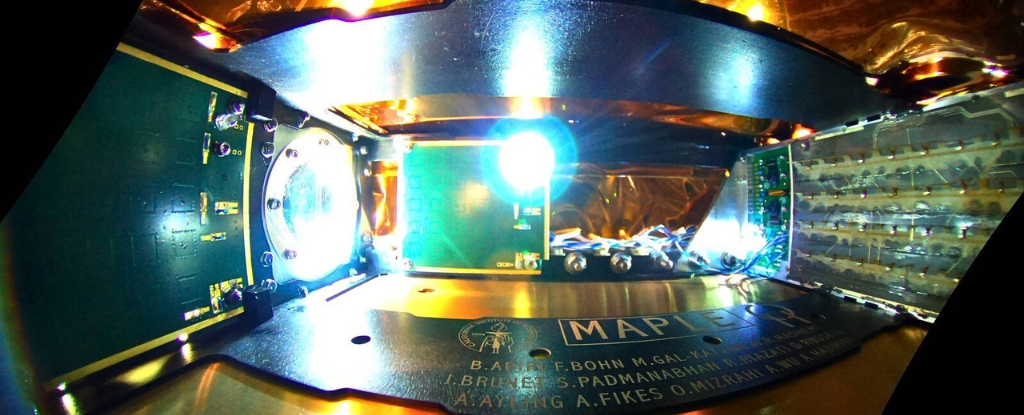- Arvind's Newsletter
- Posts
- Arvind's Newsletter
Arvind's Newsletter
Issue No #766
1.As rural men migrate to cities in search of employment, their wives are becoming the head of the household in the village, writes Divya Arya in a piece for BBC News.
"Earlier only men were known by their names, now women are identified by their names too,” say Usha Devi who lives in village in Bihar.
After her husband had to migrate in search of work, the mother to three daughters and a son rose to take charge of the house and their children's lives. She moved out of her in-laws' home into a separate house in the same village. She now earns money and takes all decisions for the family and is considered the head of her household.
Economists and demographers understand the term head of the household to refer to someone who earns money and has authority to take decisions in the family. In case of married women, when husbands migrate and do not live at home for six months or more, women are counted as the head of household. These are often self declared.
It's a story repeating itself across villages and small towns of India where distress-related migration by men is leading to an opportunity for women.
2.The stories of Indian indentured workers have been forgotten. It’s time to reclaim them writes Maria del Pilar Kaladeen for the Scroll.
The system of indenture was started in Mauritius in 1834 so that the British could cheaply replace enslaved Africans following the abolition of slavery in the British empire.
Under the British empire over two million people of Indian heritage were transported, through the indenture system, to countries on five different continents. While you will encounter British people of Indian-Mauritian, Indian-South African and Indian-Fijian heritage in the UK, the system of indenture that brought their ancestors to those countries is entirely absent from school curriculums and until recently, university syllabuses too.
3.Whether you’re 25 or 65, consider adopting these five simple rituals that cognitive scientists say can help your brain grow new cells, form new neural pathways, improve cognition, and keep your outlook positive and sharp.
4.Is Novak the GOAT ?
Novak Djokovic won the French Open, adding evidence to his case to be the greatest men’s tennis player ever. The Serb defeated Norway’s Casper Ruud to claim his 23rd Grand Slam — longtime rivals Rafael Nadal and Roger Federer have 22 and 20 respectively — and became the first men’s player ever to win each of the four majors at least three times. The trio have dominated men’s tennis for a decade, but with Nadal retiring next year and Federer already gone, Djokovic can cement his argument in the coming years, including at Wimbledon next month. Asked whether a 24th or 25th Grand Slam was within reach, he replied: “Why not?”
5.A satellite is beaming energy from space to Earth, a first step towards space-based solar power.
The main limiting factor for solar power is intermittency, meaning it can only collect power when sufficient sunlight is available. To address this, scientists have spent decades researching space-based solar power (SBSP), where satellites in orbit would collect power 24 hours a day, 365 days a year, without interruption.
To develop the technology, researchers with the Space Solar Power Project (SSPP) at Caltech recently completed the first successful wireless power transfer using the Microwave Array for Power-transfer Low-orbit Experiment (MAPLE).The Caltech-designed Space Solar Power Demonstrator launched in January, and recently started sending test microwave signals. It is also testing its solar array. The Wall Street Journal reported that larger projects are under way in the U.S., China, and EU: The European Space Agency’s Solaris project plans a fleet of satellites sending solar power directly to the European grid.
Scientists think the falling cost of space launches could make space solar a cost-effective source of renewable energy.




